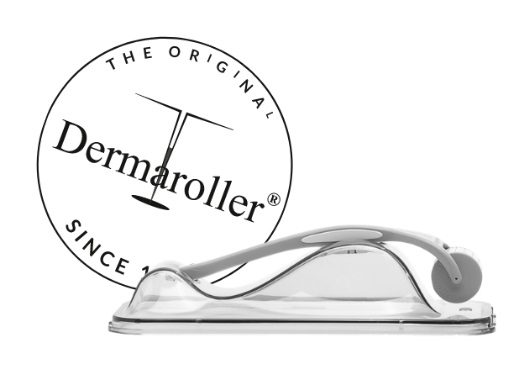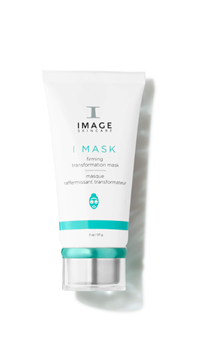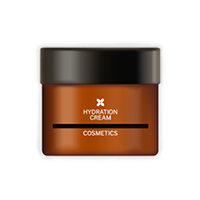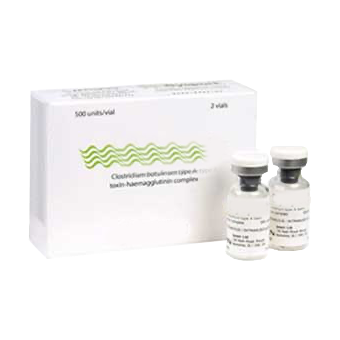Can LED masks help manage and clear up acne, or is it just a TikTok trend? An expert reveals what you need to know
 There's been a wave of interest in LED masks to help manage various skin conditions, fuelled by TikTok trends and influencers. So can LED masks really clear acne? Can LED light therapy help with acne scarring or pigmentation left behind by breakouts? Can LED masks make acne worse before it gets better? H
There's been a wave of interest in LED masks to help manage various skin conditions, fuelled by TikTok trends and influencers. So can LED masks really clear acne? Can LED light therapy help with acne scarring or pigmentation left behind by breakouts? Can LED masks make acne worse before it gets better? How effective are these devices for acne, really? Sue D’Arcy, CEO of global LED brand iSmart, answers all your burning questions.
Can LED masks clear acne, or is it just a TikTok trend?
The most important thing to clarify is that while many LED masks are widely marketed for helping with ‘blemishes’, it's important to understand that acne is a medical condition, and devices claiming to treat it must meet strict regulatory standards. Only masks that are clinically proven and have secured regulatory clearances for acne treatment can legally make such claims (iSmart acne devices are regulated under the EU MDR which is the highest regulation for medical devices). Many masks claiming to treat “blemishes” (and don’t mention acne) are not regulated to the same standards. Many consumer devices may reference benefits for ‘blemishes’ or ‘breakouts’—often linked to the antibacterial properties of blue light (around 415nm)—but this is
not the same as a medically-approved treatment for acne. Consumers should look for devices with validated clinical data and proper regulatory approvals to ensure safety and efficacy.
LED light therapy is backed by robust science, not just social media hype. Blue light (around 415nm) targets acne-causing bacteria with proven antibacterial effects, while red light (630nm) helps to reduce inflammation and accelerate skin healing. Used consistently and with the right light parameters, these wavelengths can support clearer skin over time. However, not all LED masks are created equally—the effectiveness comes down to clinically validated wavelengths, optimised intensity, and proper treatment time. Without those, even expensive devices may be ineffective or potentially unsafe.
Should I be using red or blue light therapy for breakouts?
Blue light (415nm) is specifically effective at killing the bacteria responsible for acne, while red light (630nm) soothes inflammation and supports the skin’s natural healing response. The most effective masks use both in tandem to treat current breakouts and minimise redness and post-acne marks.
How often do I need to use an LED mask to see results?
For most at-home devices, the recommended use is 3 to 5 times a week for 10 minutes per session. Visible improvements such as reduced breakouts and smoother texture, may start to show within 4 to 6 weeks. Results are cumulative, so consistency is crucial. Follow the specific instructions provided by the manufacturer to avoid overexposure or under-treatment.
Can LED light therapy help with acne scarring or pigmentation?
Yes, particularly red and near-infrared light. These wavelengths support photobiomodulation, a non-thermal cellular process that stimulates collagen production, improves circulation, and promotes healing. Over time, this can help soften the appearance of acne scars and reduce post-inflammatory pigmentation. Near-infrared light (830nm and up to 1070nm) penetrates deeper to help repair tissue and improve overall skin resilience.
Is it safe to use an LED mask alongside active ingredients?
LED therapy is non-invasive and safe, but combining it with potent actives such as retinoids, AHAs or benzoyl peroxide can lead to sensitivity, particularly on compromised or inflamed skin. It’s best to apply active ingredients after LED sessions (not underneath the mask), and to space treatments out if your skin feels sensitised. Always patch test when adding new products into your regime and if possible, check with a skin specialist or medical professional about how to use your actives alongside LED treatments.
Can LED masks make acne worse before it gets better?
LED therapy does not typically trigger purging like some topical treatments. Acne is a dynamic skin condition, and in the first few days of LED treatment the acne could appear worse because the light has not had enough time to impact the skin’s and the bodies response to the inflammatory acne bacteria. However, as the light takes effect, the redness should begin to reduce. If breakouts worsen, it may be due to overuse, incorrect settings, or underlying irritation from skincare products. Stick to recommended usage and consult a professional if symptoms persist.
Are there any skin types or conditions that shouldn’t use LED light therapy?
LED masks are safe for most skin types, including sensitive and blemish-prone skin. However, those with light-sensitive conditions (e.g., lupus), epilepsy, or individuals on photosensitising medications should consult a healthcare professional before use. For redness-prone skin like rosacea, red and near-infrared light may help reduce inflammation, but clinical data is limited—proceed slowly and monitor your skin’s response.
Do cheaper LED masks work, or is it worth spending more?
Price isn’t always the best indicator, but performance depends on the device’s design. Key factors to look for are: validated wavelengths (e.g., 415nm, 630nm), intensities, appropriate treatment time, and medical certifications (like UKCA, Medical CE or FDA clearance). Cheaper devices often lack consistent light output, multiple wavelengths, non-medical terminology and claims or the necessary clinical testing, making them less effective or even unsafe.
Should I keep using an LED mask once my skin clears up?
Yes—think of LED as a long-term maintenance tool. Continued use helps regulate oil production, calm inflammation and maintain a balanced skin barrier, which is helpful for acne-prone or congested skin. Like brushing your teeth, consistent use over time delivers the best results.
 There's been a wave of interest in LED masks to help manage various skin conditions, fuelled by TikTok trends and influencers. So can LED masks really clear acne? Can LED light therapy help with acne scarring or pigmentation left behind by breakouts? Can LED masks make acne worse before it gets better? How effective are these devices for acne, really? Sue D’Arcy, CEO of global LED brand iSmart, answers all your burning questions.
There's been a wave of interest in LED masks to help manage various skin conditions, fuelled by TikTok trends and influencers. So can LED masks really clear acne? Can LED light therapy help with acne scarring or pigmentation left behind by breakouts? Can LED masks make acne worse before it gets better? How effective are these devices for acne, really? Sue D’Arcy, CEO of global LED brand iSmart, answers all your burning questions.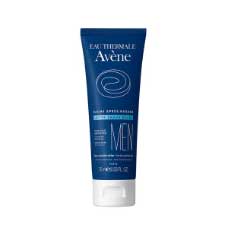
 Added to basket
Added to basket

 Unapplied Changes
Unapplied Changes


